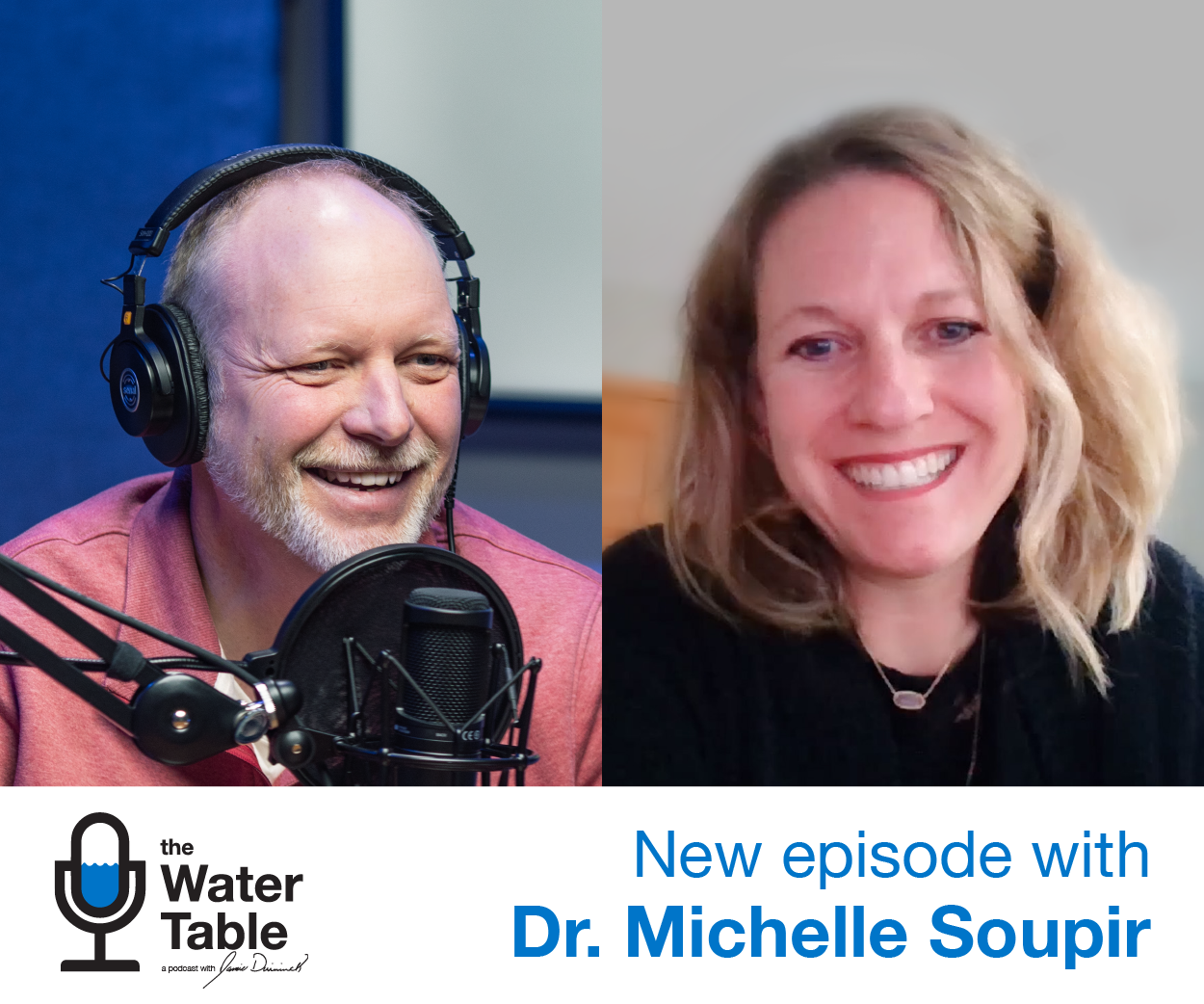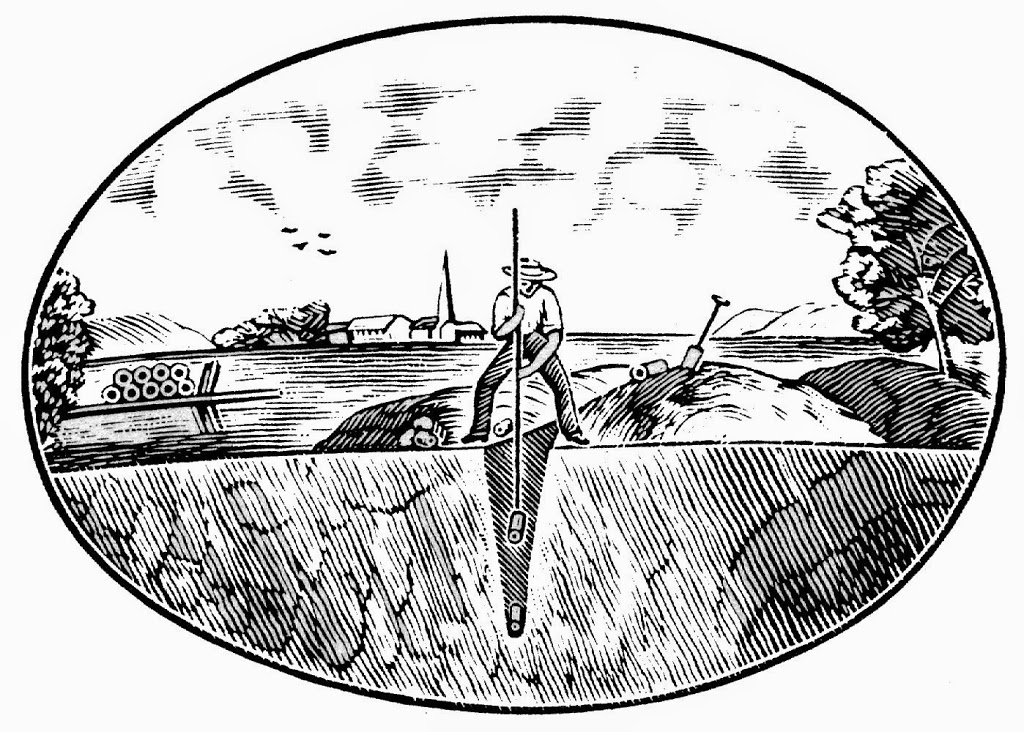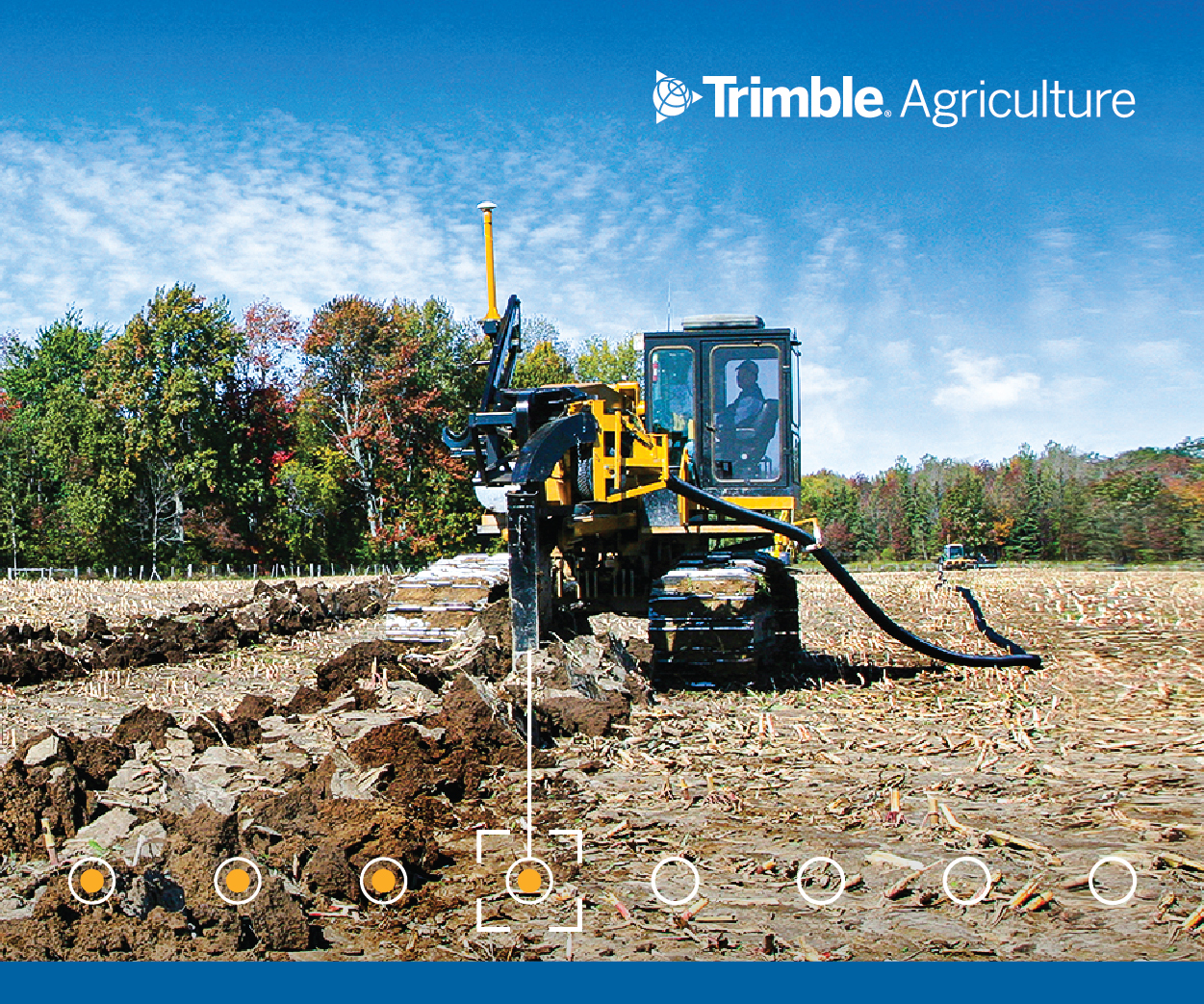| |
| |
 |
 |
| |
 |
|
@{mv_date_MMM d, yyyy}@ |
|
| |
 Plant biochemist Soichi Kojima and colleagues at Tohoku University discuss their findings and future plans in an article in the journal Frontiers in Plant Science.
» Read More...
Plant biochemist Soichi Kojima and colleagues at Tohoku University discuss their findings and future plans in an article in the journal Frontiers in Plant Science.
» Read More...
Central Illinois farmers are adopting more practices such as saturated buffers to make sure that nutrients stay where they're supposed to stay.
» Read More...
In a small watershed near Dundas in southeastern Minnesota, farmers, conservation professionals, researchers and Clean River Partners are working together to reduce nitrate in Rice Creek.
» Read More...
|
| |
|
| |

Dr. Michelle Soupir of Iowa State University joined Jamie on the most recent Water Table podcast episode. Soupir joined the faculty at Iowa State University in 2008. She was appointed as an Interim Associate Dean in the Graduate College in 2022 and is a Professor in the Agricultural and Biosystems Engineering Department (ABE) with a research and teaching appointment. On the episode, Jamie and Dr. Soupir discuss a variety of topics, including why spring manure applications might be the most beneficial, the impacts of studying at a land-grant university and how corn cobs might be the wave of the future for bioreactors. Listen online at watertable.ag or anywhere you listen to podcasts!
» Read More... |
| |
|
| |
 While Drainage Contractor turns 50 this year, the practice of subsurface drainage is even more established. Since the 1800s, drain tile has been a tool for good across the United States. But a new video by the Geneva Historical Society's curator of collections John Marks dives into the history of drainage. And some forget that drainage pioneer John Johnston went through a great dear of failure and doubt before drainage picked up.
» Read More...
While Drainage Contractor turns 50 this year, the practice of subsurface drainage is even more established. Since the 1800s, drain tile has been a tool for good across the United States. But a new video by the Geneva Historical Society's curator of collections John Marks dives into the history of drainage. And some forget that drainage pioneer John Johnston went through a great dear of failure and doubt before drainage picked up.
» Read More... |
| |
| |
|
| |

It’s important to pay attention to drainage when analyzing your farm’s performance. Trimble’s WM-Drain ® farm drainage solution, paired with WM-Subsurface™ design software, is a toolset that streamlines the survey, analysis, design, installation, and verification steps of surface and subsurface drainage. Complete all your drainage operations with one integrated solution providing significant benefits, such as: improving crop yields by up to 30%, maintaining a more developed root zone for better nutrient absorption, removing excess water from the field and lower plant stress, and reducing field compaction and minimize soil erosion.
» Learn more... |
| |
|
| |
|
|
| |
| |






